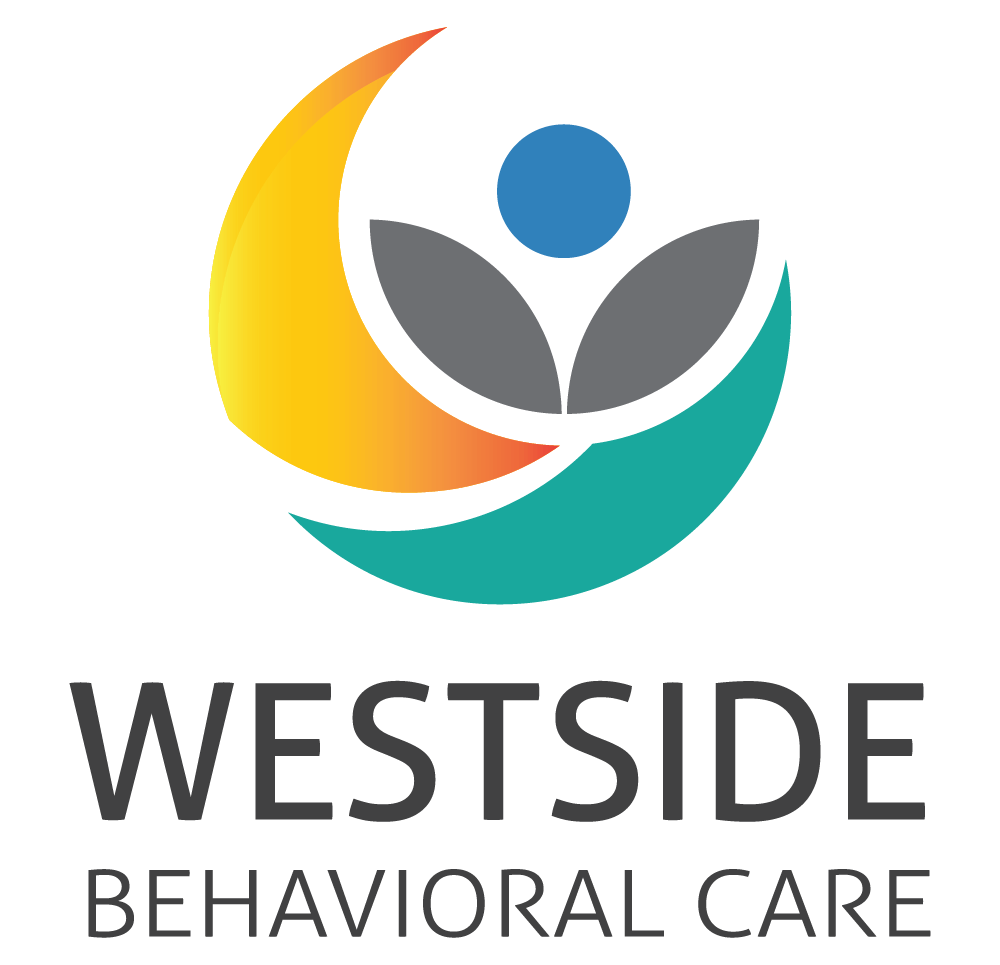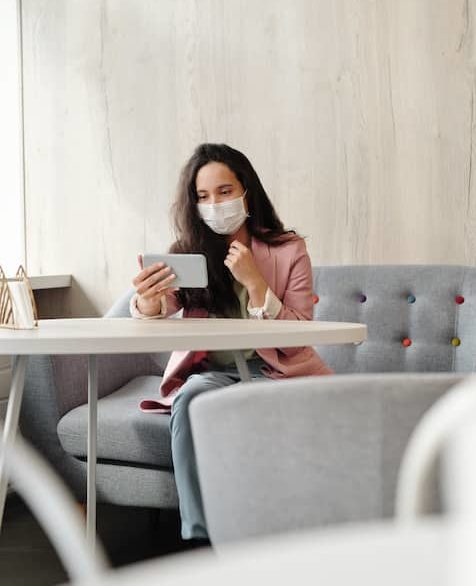
Winter has different effects on different people. Some of the common things like minimal exposure to sunlight and exposure to sudden weather changes can affect people’s physical and mental state. Seasonal affective disorder, or SAD, is known to affect millions of people around the world. With COVID having changed what “normal” feels like, its relationship with SAD is a topic worth understanding.
 What is seasonal affective disorder?
What is seasonal affective disorder?
Seasonal Affective Disorder is a seasonal disorder that can impact the mental health of people from different age groups. There are many types of depression and SAD is one of them. The distinguishing feature is that this is a seasonal condition that often resolves on its own as the season changes.
From the close of fall to the early winters, some people tend to feel gloomier as the days become shorter and darker. Various kinds of treatment can help people dealing with SAD, including simulated light therapy to make up for reduced sun exposure.
Melatonin and serotonin are essential for good sleep and better mood, respectively. Sunlight plays a critical role in ensuring that the body generates enough of these hormones. During the cold winter months, some people might experience a drop in these hormones which leads to mild to moderate depression. Another factor could be due to the change in the circadian rhythm with the changes in the daylight duration.
Symptoms of SAD
- Lack of interests in those activities that you usually love doing
- Trouble getting yourself out of bed in the morning
- Unusually long sleeping hours
- Crankiness and mood changes
- Weight gain
- Changes in the appetite
- Drop in the energy levels throughout the day
- Lack of focus
- Insomnia
Depending on the lifestyle, age, health of the individual, and the region where the person resides there could be a combination of more than one of the above symptoms.
How COVID impacts SAD
With COVID, there is a pressing need for social distancing. People who are usually socially active might experience a sudden change in their lifestyle. During the cold winter months as the SAD risks creep in, the reduced human interaction could act as an additional trigger.
With this being the first pandemic of its kind, COVID and SAD’s actual relationship is yet to be fully understood. But due to COVID, travel during the holiday season as well as parties and social gatherings have all changed. With these social activities dwindling, and with people spending more time indoors, exposure to sunlight tends to drop further.
Across the globe, COVID-induced anxiety has been prominent. Political and economical changes have also been affecting the mental health condition of individuals in various age groups. As a result, even people who have never experienced seasonal affective disorder earlier in their life might become vulnerable to it this year. Those who usually experience mild symptoms might observe a slightly higher intensity of depression this year.
Tips to manage seasonal affective disorder during the pandemic
COVID has been stressful for people in different parts of the world in several ways. As winter blues worsen the condition various self-care tips can help you focus on your mental health. Here are some ways to alleviate the symptoms of SAD during the pandemic:
1. Exposure to sunlight
Staying at home is considered the best way to stay safe in order to avoid contracting infections from unknown sources. But there are many ways in which you can still ensure that your body gets enough sunlight every day. Spending a few minutes daily in your backyard or even going for a short walk in your neighborhood can give your body its daily dose of vitamin D from sunlight.
2. Do not shy away from seeking medical assistance
Talk to your doctor if you usually don’t experience SAD symptoms and suddenly notice them this year. It would also be time to visit your doctor if you notice your usual symptoms worsening this year. There are various treatments available for SAD including phototherapy. Psychotherapy can also be helpful for individuals who are having suicidal thoughts or extreme depression during the winter months. Depending on the symptoms some patients might be given anti-depressant medication if required.
3. Get into a routine
Changes in your body’s natural clock (or circadian rhythm) is one of SAD’s main causes. Establishing a routine can be very useful to minimize the risks and symptoms of SAD during COVID times. As the pandemic has pushed many people to work from home, most people have given up on routines. Darken your room by evening and let ample natural light during the day.
Fix your sleep and wake timings. These are a few ways in which you can restore your circadian rhythm that has gone off-track.
Managing SAD
Besides all the above tips, eating a healthy diet, staying active, and staying connected with friends virtually can give you that much-needed boost.
Professional help also provides the additional support you may need to manage SAD during COVID. It is easy to find and schedule an appointment with one of our therapists specialized in depression in Denver and nearby areas.



